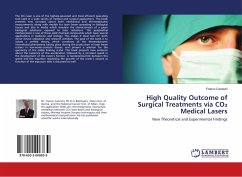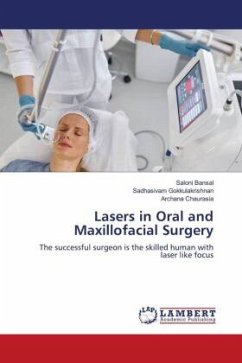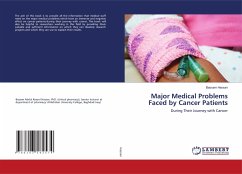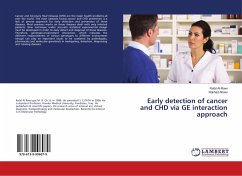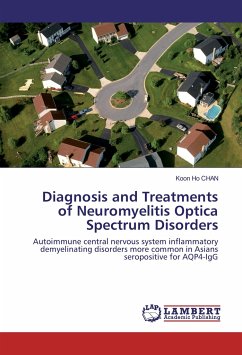The CO2 laser is one of the highest-powered and most efficient operating tool used in a wide variety of medical and surgical applications. This book presents new concepts about both mechanical and thermodynamic measurements along with models for laser beam spreading in biological tissues and also in media which simulate the characteristics of a given biological substance exposed to laser radiations. The poly(methyl methacrylate) is one of these solid chemical compounds which have several applications in medicine and biology. This makes it ideal tool for both direct clinical utilization and research activities. The goal of this book is to isolate a unified theory, which correlates all the thermodynamic interrelated phenomena taking place during the production of laser beam craters in low-water-content tissues, and present a solution for the geometry of the stable limiting crater. This book presents new evidence about the existence of the acceleration followed by a constant speed in the development of the crater's horizon. A fundamental link between this speed and the equation regulating the growth of the crater's volume as function of the exposure time is discussed as well.

